Everything Parents Need To Know About Teaching Kids Manners
Teaching kids manners can seem like a big job for parents. If you take it little by little and think about one manner at a time instead of the big picture, teaching kids manners will become part of your everyday routine.
Parents want to raise children who are polite and socially appropriate. The pressures on parents to raise kids who are respectful and courteous because we want our kids to be accepted.
I am here to cheer you on and remind you that this is absolutely doable. With some intentionality and education on manners, I am confident that you can positively teach your kids manners. It is crucial that parents take the responsibility of teaching their children manners because it puts their children at an advantage.
Being a teacher and all, I realize how important it is for kids to have manners. The students with manners positively stand out, get chosen for leadership positions more often, and show more confidence. This led me to my deep-dive research on manners and the result was the Teach Your Child Manners Kit.
By the time you finish reading this post, you will understand what manners are, the importance of explicitly teaching manners, how to teach manners, the manners your child should know by the time they move out, and how to make a plan for teaching manners.
What are manners?
According to Wikipedia, manners are a code of socially accepted behaviors. A synonym for manners is etiquette. Etiquette is defined as the set of conventional rules of personal behavior in a polite society.
There is an ethical code that depicts the expected and accepted social behaviors that go with the conventions and norms of a social group.
It is the norm that the higher the social class the more manners you need to use. This does not need to be the case. You can teach your child all of the manners and etiquettes no matter your social class.
In fact, manners are taken more serious by some cultures than others. Furthermore, different cultures have different manners, and what we may consider rude in our culture is totally acceptable to another. For example, burping and slurping are considered compliments to the chef in some countries.
Manners have to do with self-regulation. There are groups with certain social identities and social classes that expect the use of manners. Overall, the use of manners makes it a lot easier for us to coexist.
In addition, where manners are concerned, you will often hear vocabulary like table manners, politeness, courteous, proper, good manners vs. bad manners, and respect.
The Importance of teaching kids manners
If you want your child to be at an advantage, it is important to have a plan to implement manners in your family.
Undoubtedly, manners play a role in your child’s future. The earlier manners are on your radar, the better your child’s chance of success. But it’s never too late! Proper manners communicate what kind of person we are to other people.
1. Your manners affect how others treat you.
People treat well-mannered and respectful children respectfully. The same unspoken rule holds true for adults, so it only makes sense to start them young.
Likewise, some manners fall into the character trait category. Often, well-mannered, respectful, and polite children possess many positive character traits. When you cultivate manners, you are also teaching positive character traits.
To clarify, you reap what you sow. How you treat others is how you will be treated. It’s the law of the land. In fact, it’s a rule in all religions. It’s just worded differently in each.
2. Children who have manners have more successful relationships.
First, manners help others feel appreciated and respected. This leads to better friendships. People who practice manners care about how their actions affect others. They put others before themselves. This positively supports relationships.
In addition, manners include good communication. It’s a win-win. We know the better our communication skills, the better chance we have of successful relationships. Good communication is a key component of a successful life.
In fact, the American Journal of Public Health published a 20-year study stating, “Kindergartners with strong social and emotional skills are more likely than their peers to succeed academically and professionally.
Kids with weaker social skills are more likely to develop substance abuse problems, be unemployed, and get arrested… social skills are found to be more of an influencing factor of success more than a child’s gender, race or socio-economic upbringing.”
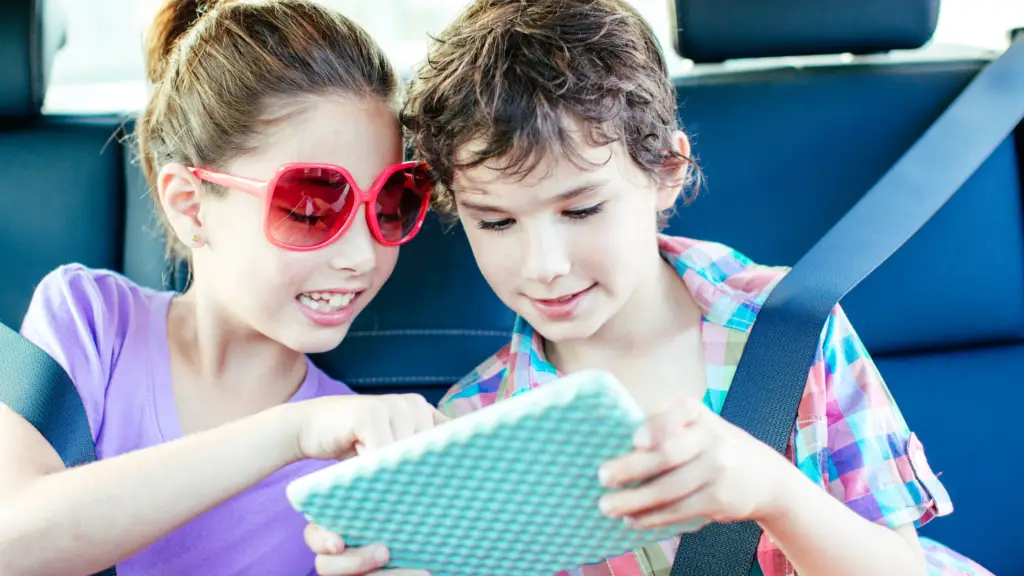
3. Well-mannered people get more opportunities than rude or impolite people.
There is a belief that manners trump education for a chance at an opportunity. Often, well-mannered and well-rounded kids get the first chance at opportunity, whether it be leadership roles, jobs, scholarships, or any other position a child is trying to get.
Your child can have the best brain in the world, but if they don’t have manners, not so good. Parents must be intentional about teaching kids manners.
4. You don’t get a do-over on first impressions.
You know the saying, “You don’t get a second chance to make a first impression.” The reason that became a popular saying is because of how important first impressions are.

Whether you think this is not up for grabs, it doesn’t really matter because it is just human nature to make a judgment about someone when you meet them. However, it is up to that person to be conscience of their judging.
How many people think that deeply? The point, your kids get judged when they meet someone.
The most important thing to teach your child to do when making a first impression is to pay attention, focus, and literally be present in the introduction. These days, people get pulled in a million different directions. They meet someone and 2 minutes later they do not know what the person’s name is, much less anything they said.
Teach your child how to shake hands.
The best first impression advice. When you are teaching your kids manners, tell them when they meet someone to pay attention to the person you are making the first impression with and make them feel like they are the only person in the room.
5. People who use manners are more confident
Manners and self-confidence are directly related. Thus, if a child goes into an unfamiliar situation, they can be confident that if they use their manners, they will be socially acceptable in the situation.
Kids who use their manners get treated respectfully. This builds the child’s self-esteem. The more experiences they have using their manners, the more they get treated respectfully. It’s a constant domino effect benefiting them.
Related Articles: 10 Ways Intentional Parents Raise Confident Kids
How Am I supposed To Remember All Of The Manners To Teach My Child?
Guess what? You don’t have to remember all the manners because I have done all the hard work for you. In the Teach Your Child Manners Kit, you get over 120 manners to teach your child. This should be enough to keep ya’ll learning for a while.
The top 5 manners everyone should know
According to manners books and guides, these are the minimum manners kids should be using. These 5 categories of manners alone will have your child (adults too) using more manners than your average American.
1. Thank You, You’re Welcome, and Please
These 3 manners are the most expected manners in the top manner and etiquette guides. In order to get your child to use these manners, you just have to practice and practice some more. They have to use it so much that they don’t know how to live without these words.
First off, you can call these the magic words when referring to them with your child. Second, when your child does not use these words, say, “We’re going to try that again, and this time you’ll use your manners.” Then, redo the experience.
2. Greet people with a hello
Be explicit in teaching your child that every time you see someone you know, you need to say hello. Oftentimes, we take it for granted that this is common sense, but it is not. Kids must be told the expectation.
When teaching kids manners, teach them to greet, “Good morning,” instead of hello to people in the morning.
3. Say yes Ma’am, Yes sir, No Ma’am, No sir
These are words of respect used everywhere English is spoken. It’s no secret that we have become a more lax society where manners are concerned. On the other hand, that puts those who use manners at an advantage because there are fewer people using them.
The New York Times went as far as to call kids who say Ma’am and Sir to have superpowers.
Talk to your kids about using these words and then practice them at home. When you practice, you get better. It’s very simple.
4. Take Turns
First off, if you haven’t gotten the memo, sharing is out. Taking turns is in. Child gurus have tried their best to put the word out that sharing isn’t realistic.
I won’t go into all the details for time’s sake, but if this is new information for you, I highly recommend you read Why Turn Taking Is Better Than Sharing.
You coach children on giving the other child a turn when they finish with an item. This takes self-control on all parties’ part, but it is possible. Remember, it is real life. Only people pleasers are handing things over as soon as someone shows interest, and we don’t want to raise people pleasers.
5. Know How And When To Apologize
Table Manners All Kids Should Know
During my in-depth study on manners and etiquette, I found the following manners to be the most popular expectations for children. While you are teaching kids manners, include the following table manners:
- Wash your hands before you come to the table.
- Chew with your mouth closed. When you eat, make as little noise as possible with your mouth.
- Use your utensils to eat.
- Only use a napkin to wipe your mouth. (It’s popular for kids to use their clothing.)
- When done, ask to be excused and take your dishes to the sink. Some families want kids to stay at the table until everyone is done. Make your family rule.
- Say nothing negative about the food.
- No electronics at the table and turn the TV off.
- Make sure you swallow your food before you speak.
- Teach kids what double dipping is and not to do it.
- It is courteous to wait until everyone comes to the table to eat unless you’re told otherwise.
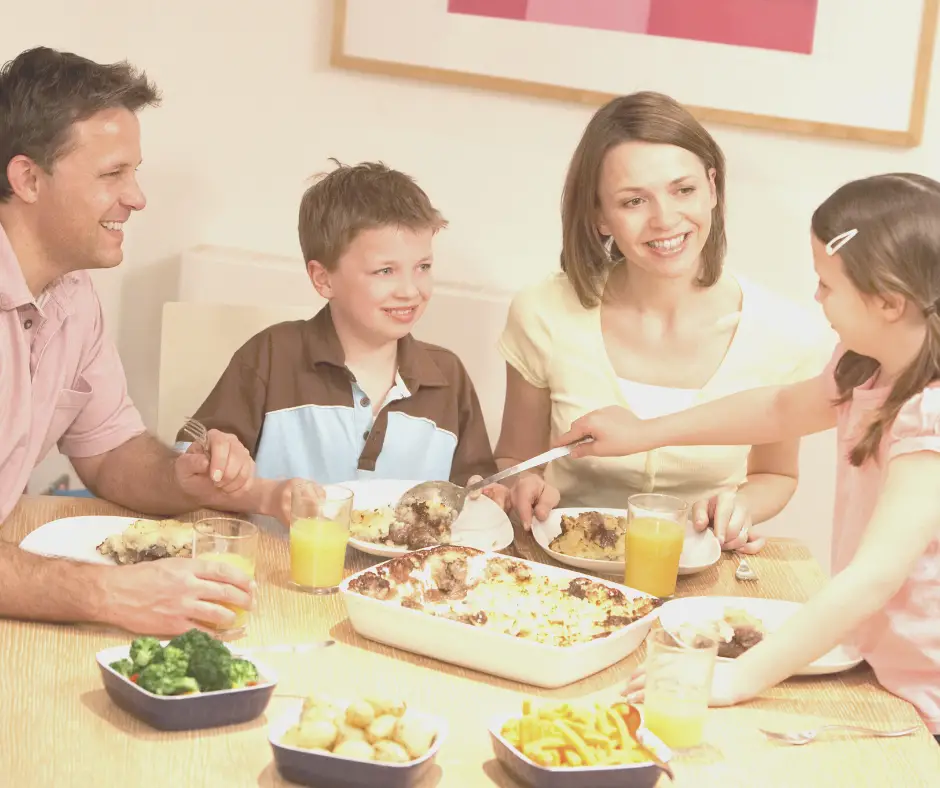
Developmentally Appropriate Manners
Keep developmentally appropriate expectations. Basically, if you haven’t taught it, don’t expect it. It is safe to believe your child was born knowing zero manners. Yes, a lot is caught not taught, but if you want to hold the child accountable for knowing their manners, then they need to be discussed and taught.
It is not fair if parents get on to a child for not using manners that have not been taught. I know from personal experience it is usually when we’re out in public and I see my child doing something socially unacceptable that I’m like, “Oh darn, I should have explicitly taught him never to use his shirt for a tissue!”
If I hadn’t had that conversation, it would be super sad for me to talk to him like he should have known better. That’s shaming. A good rule of thumb: If there’s something you want your child to know, teach it.
This leads me to…
How to teach Kids manners
When you teach children manners, it’s important to make it fun and applicable. There are more resources than ever to support you in teaching your child manners. As Nick Saban said, “Everyone thinks you practice something until you get it right. You really practice until you can’t get it wrong.”
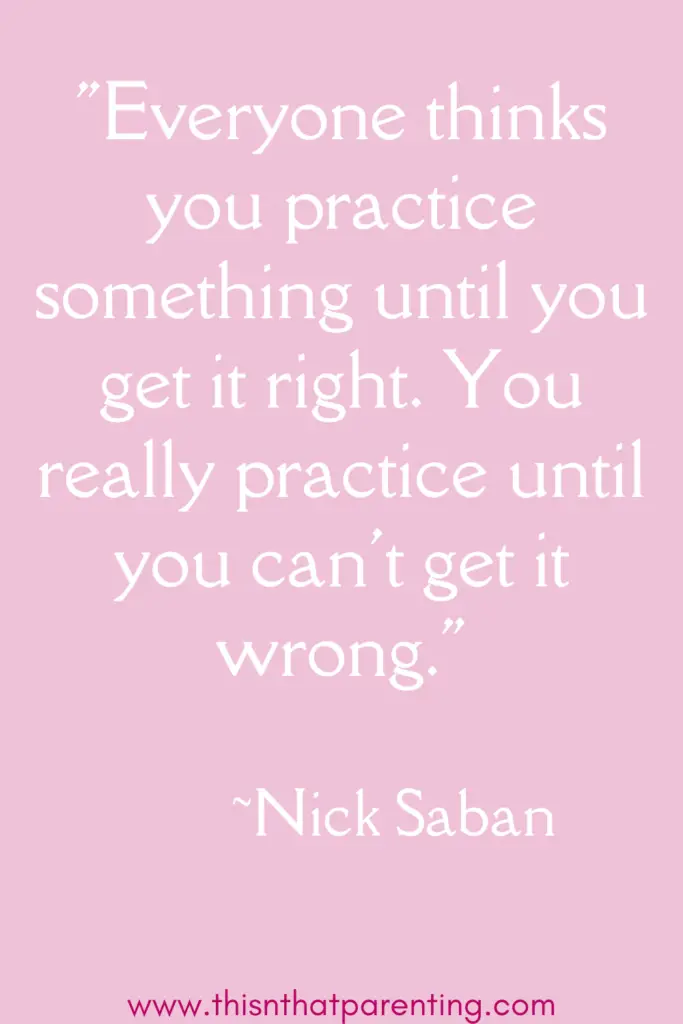
1. Use My Teaching Your Child Manners Kit.
I did a detailed study of the most important manners people should know in the U.S.A. Along with manners, I studied etiquette. There are social manners, table manners, communication manners, and character manners, to name a few.
I put all the manners I want to introduce my kids to before they move out of my home on cards. Now we have the Manner Of The Week in our family. There are over 120 cards. You could teach a manner every week for over 2 years. When you finish, start again. Teach, reteach, and reinforce manners.
If you’re still reading, I’m offering you the Teaching Your Child Manners Kit for a discounted price here.
2. talk about Manners.
After you introduce a manner card, it is necessary to have a discussion about the manner. It needs an explanation of why, how, when, and where you use the manner. If you’re unsure yourself, do a Google search. Usually, there are videos.
You can watch manners videos on YouTube. Check out manners books from the library. Additionally, point out and discuss when you see others using their manners.
To build confidence and prepare your child, talk to your child about the manners they will need to use when they have an event. Give the child scenarios they are likely to encounter and practice how they will behave in those scenarios.
3. Model using Manners When Teaching Kids Manners.
It’s true what they say, “The apple doesn’t fall far from the tree.” I saw it as a teacher, and I see it in my household. Whatever goes into your child’s eyes and ears comes out of their behavior and mouths. It doesn’t seem to be common sense, but it’s TRUTH!
This is the reason parents must use the manners they want their kids to use. Don’t expect more of them than you pull off as an adult.
4. Role play The Use Of Manners
Besides modeling manners for your child, they need hands-on experience. Role play the manners between parents and between siblings. Tell the child that you expect them to use their manners outside of the home as well.
Bring puppets or stuffed animals into the role-playing. Then the puppet can act like someone your child may encounter. This builds confidence in your child for real-life situations. Plus, everyone enjoys puppet use.
Give them sample situations similar to those they will have to use in public. Role play the situations. This sets the child up for more success because their brain will have a schema on the experience.
5. Consistently Repeat, Reteach, and Reinforce.
Just like everything else you want your child to learn, expect to repeat, repeat, and repeat. Research says that the more humans hear things, the better chance they have of retaining them.
As Benjamin Franklin so wisely stated, “Tell me and I forget, teach me and I may remember, involve me and I learn.”
Try not to get too frustrated when your child does not use manners. Many adults don’t use manners. Think of teaching manners as a marathon, not a sprint.
The opportunity they have to put it into practice, the better they will be.
When you see your child missing opportunities to use manners, discuss the manner again. Reflect on the situations where they could have used their manners and talk about how they can do better next time.
Lastly, I want to stress how important reinforcement is. Positive reinforcement is a powerful tool for children. Research says, “Children need feedback, the feedback needs to be specific, and the sooner they receive the feedback, the better.”
Here are just a few examples of how to use positive reinforcement when you see your children use their manners.
- Say what you see. I saw you hold the door open for Mrs. Miller.
- Compliments and recognition. It made my heart smile to see you hold the door open for Mrs. Miller.
- Give a pat on the back or a high-five.
- Cause and effect. You held the door open for Mrs. Miller. I bet she’ll remember that about you.
Call to Action
As you can see, it is important to teach your child manners. It needs to be high on your What I Need To Do With My Child priority list. Not only will they develop plenty of character, but they reap the benefits of how people who use manners get treated.
The Teaching Your Child Manners Kit will reinforce the manners in your home and serve as a resource to you of what manners you want to teach your child. You got this!

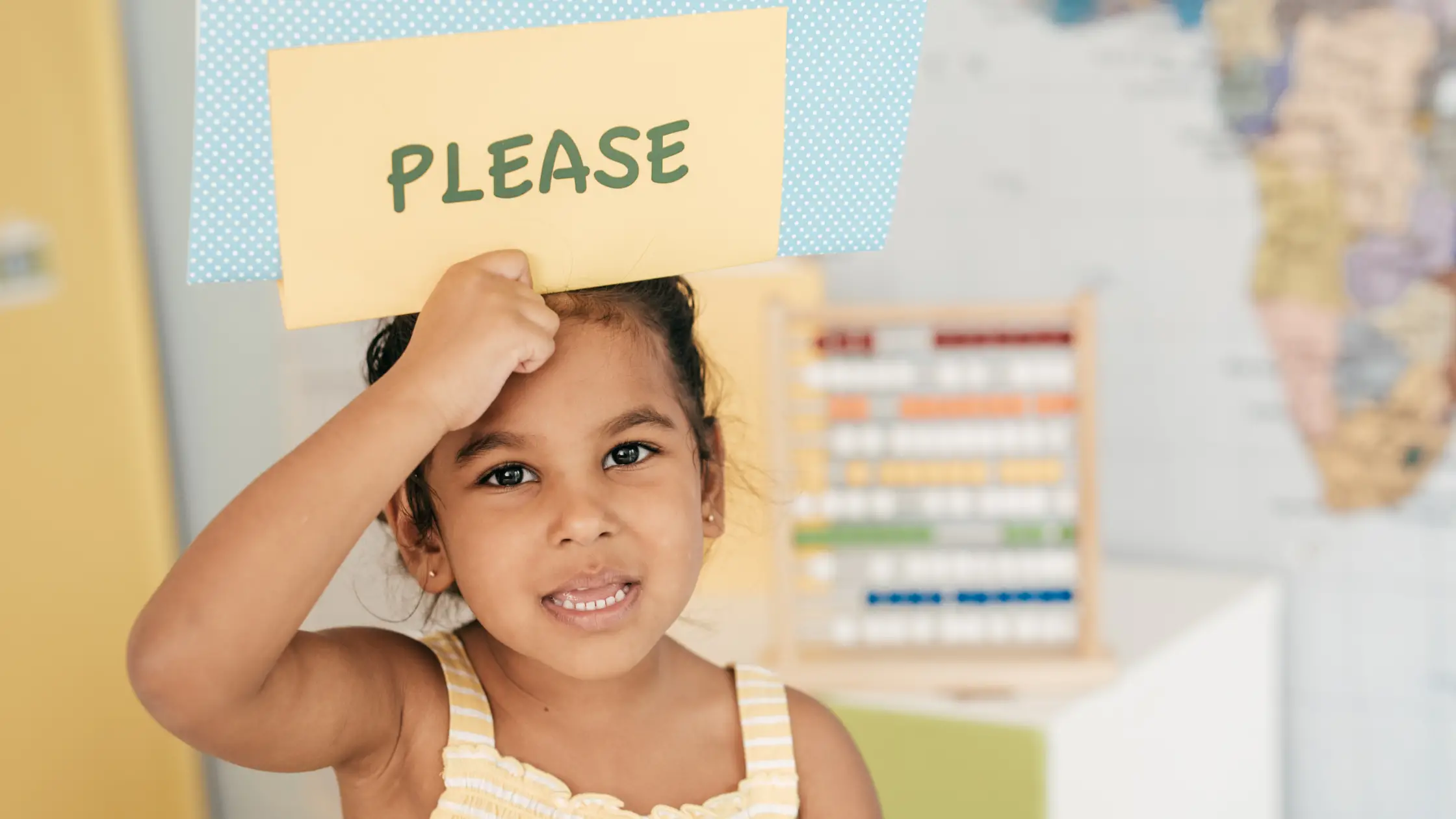
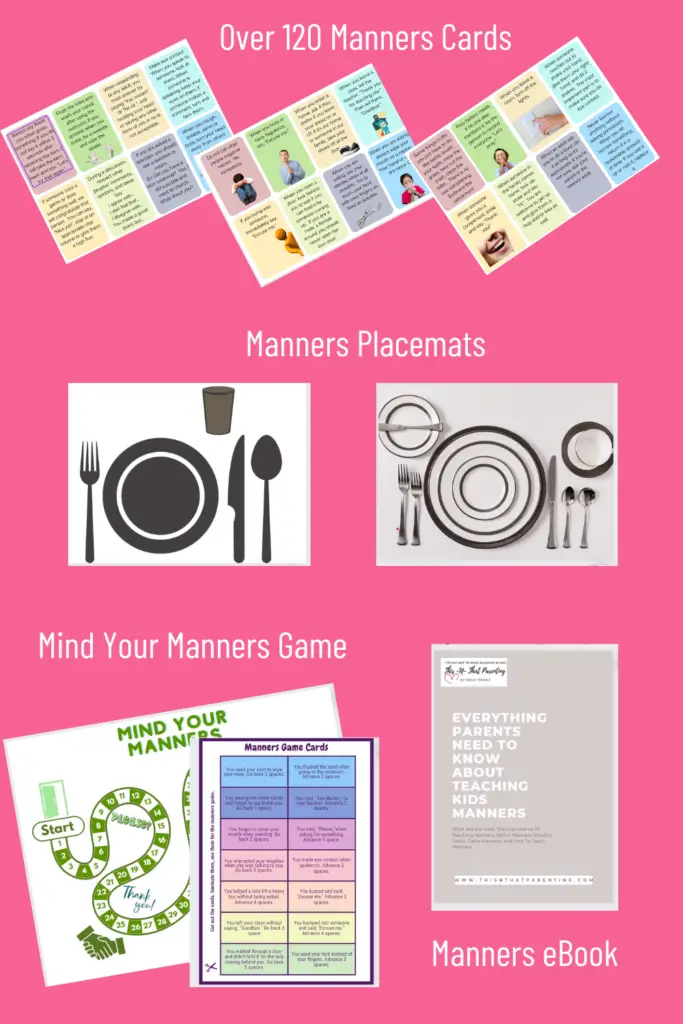





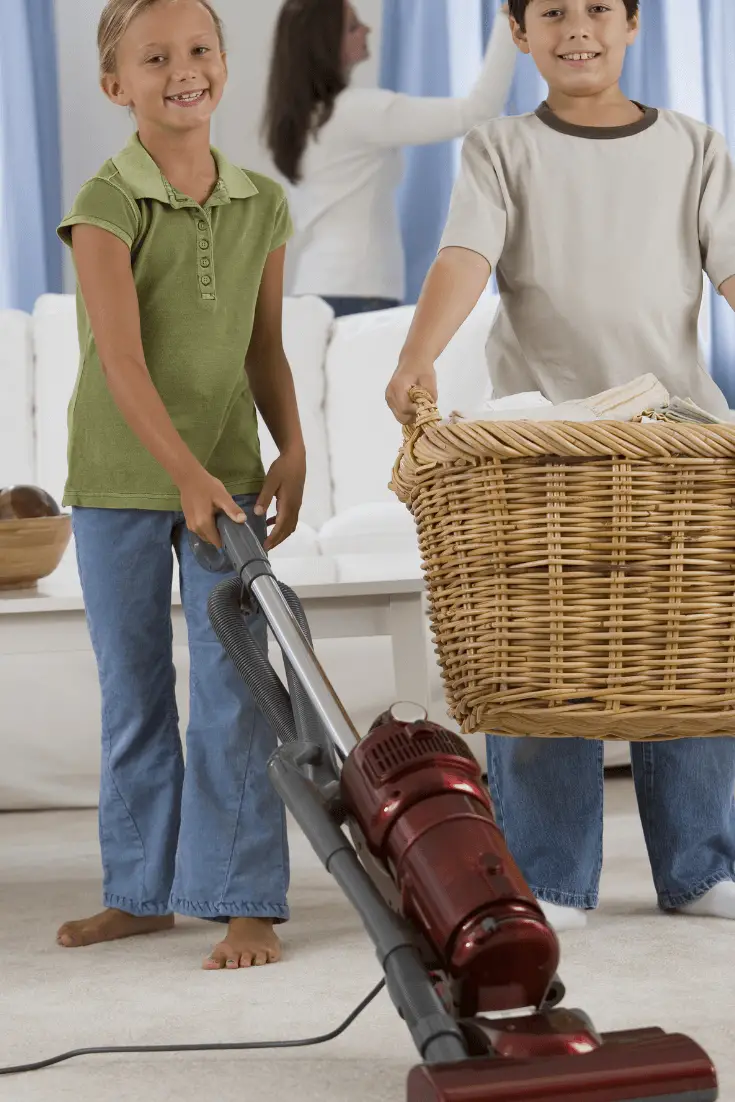

This is great information. Thank you for all of your research and hard work:)